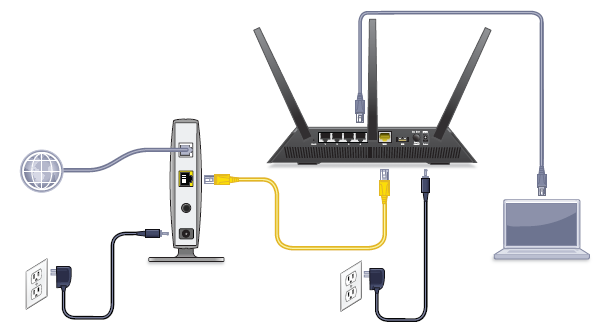How to Future-Proof Your Product Photography Business in the Age of AI

The emergence of artificial intelligence (AI) has had a significant impact on the field of product photography in today’s rapidly evolving technological landscape. The use of AI app development Company in various aspects of photography, from image editing to image recognition, has brought about a significant transformation in the industry. To ensure the continued success and relevance of your product photography business, it’s essential to adapt to this new era. In this article, we will explore how you can future-proof your product photography business in the age of AI.
Invest in AI-powered tools and technologies.
There are a number of AI-powered tools and technologies available that can help you improve your product Images workflow. For example, AI-powered image editing software can help you quickly and easily remove backgrounds, apply filters, and make other adjustments to your images. AI-powered product retouching software can help you remove blemishes, smooth out skin tones, and enhance the overall appearance of your products.
High-Quality Content:
AI-generated images may be able to mimic the look of professional product photography, but they can’t replicate the creativity and storytelling ability of a human photographer. Focus on creating high-quality images that showcase your products in a unique and visually appealing way.
Specialize In a Niche Area:
AI-generated images are most effective for generating generic product images. If you specialize in a niche area, such as food photography, fashion photography, or industrial photography, you will be able to offer your clients something that AI cannot.
Provide Value-Added Services.
In addition to product photography, you can offer your clients other value-added services, such as product videography, social media marketing, or e-commerce consulting. This will help you stand out from the competition and make your business more attractive to potential clients.
Embracing AI for Enhanced Image Editing
AI-Powered Image Editing Tools:
One of the key aspects of modern product photography is image editing. AI-powered tools have revolutionized the way photographers enhance their images. These tools can automatically correct exposure, color balance, and even remove blemishes, saving you time and ensuring high-quality results.
Speed and Efficiency:
AI-driven image editing is not only about quality but also speed. With the ability to process images in seconds, your business can significantly increase its productivity and meet tight deadlines, giving you a competitive edge in the market.
Leveraging AI for Enhanced Image Recognition
Automated Product Tagging:
AI has made product tagging a breeze. Using machine learning algorithms, you can automatically tag products in images, making it easier for customers to find what they’re looking for on your e-commerce platform.
Visual Search Optimization:
AI-powered visual search allows customers to search for products using images rather than text. By implementing this technology, your product photography business can stay ahead in the online retail industry.
Staying Competitive in the E-Commerce Landscape
Elevating User Experience:
AI has a remarkable impact on the user experience in e-commerce. By integrating AI-driven image recognition, your product images become more interactive, engaging, and informative. This, in turn, enhances the user experience and can lead to increased sales.
Recommendation Engines:
AI recommendation engines are invaluable for e-commerce platforms. They analyze user behavior and preferences to provide personalized product recommendations. By incorporating these engines, you can boost your sales and customer satisfaction.
The Importance of SEO in the Age of AI
As a proficient SEO and copywriter, I understand the critical role that SEO plays in ensuring the success of your product photography business in the age of AI. Implementing a comprehensive SEO strategy can help you outrank your competitors and attract more potential clients.
Keyword Optimization:
Start by conducting in-depth keyword research to identify the most relevant and high-traffic keywords in the product photography industry. Integrate these keywords strategically into your website content, including your product descriptions, blog posts, and meta tags.
Quality Content:
Producing high-quality, informative content that resonates with your target audience is essential. Your blog posts, articles, and website content should not only showcase your expertise but also provide valuable insights and solutions to common problems in the field of product photography.
Mobile Optimization:
With the increasing use of mobile devices for online shopping, it’s crucial to optimize your website for mobile users. Mobile-friendly websites not only provide a better user experience but also receive preferential treatment in search engine rankings.
Backlink Building:
Building a strong backlink profile is another crucial aspect of SEO. High-quality backlinks from authoritative websites can significantly boost your website’s credibility and search engine rankings.
Conclusion:
In the age of AI, adapting to the changing landscape of product photography is essential to ensuring the continued success of your business. Embracing AI for image editing and recognition, staying competitive in e-commerce, and implementing a robust SEO strategy are key steps to future-proofing your product image business.
By consistently applying these strategies, you can establish your business as a leader in the industry, attract more clients, and stay ahead of your competitors. In the fast-paced world of product photography, evolving with technology is not an option—it’s a necessity.




